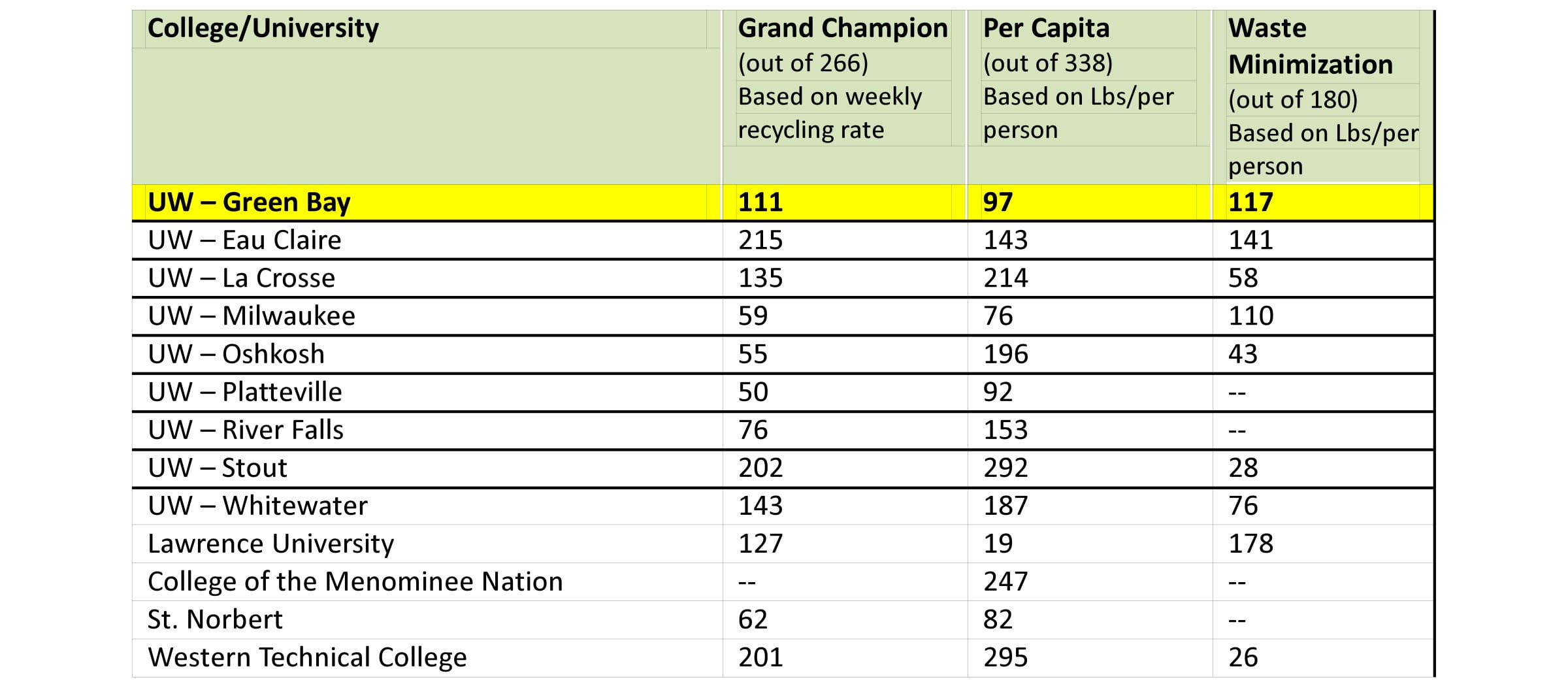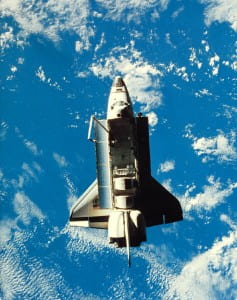 Interesting idea from Amsterdam, appearing in the New York Times, May 8, 2012.
Interesting idea from Amsterdam, appearing in the New York Times, May 8, 2012.
By Sally McGrane
“AMSTERDAM – An unemployed man, a retired pharmacist and an upholsterer took their stations, behind tables covered in red gingham. Screwdrivers and sewing machines stood at the ready. Coffee, tea and cookies circulated. Hilij Held, a neighbor, wheeled in a zebra-striped suitcase and extracted a well-used iron. ‘It doesn’t work anymore,’ she said. ‘No steam.’
Ms. Held had come to the right place. At Amsterdam’s first Repair Cafe, an event originally held in a theater’s foyer, then in a rented room in a former hotel and now in a community center a couple times a month, people can bring in whatever they want to have repaired, at no cost, by volunteers who just like to fix things.
Conceived as a way to help people reduce waste, the Repair Cafe concept has taken off since its debut two and a half years ago. The Repair Cafe Foundation has raised about $525,000 through a grant from the Dutch government, support from foundations and small donations, all of which pay for staffing, marketing and even a Repair Cafe bus.
Thirty groups have started Repair Cafes across the Netherlands, where neighbors pool their skills and labor for a few hours a month to mend holey clothing and revivify old coffee makers, broken lamps, vacuum cleaners and toasters, as well as at least one electric organ, a washing machine and an orange juice press.
‘In Europe, we thow out so many things,’ said Martine Postma, a former journalist who came up with the concept after the birth of her second child led her to think more about the environment. ‘It’s a shame, because the things we throw away are usually not that broken. There are more and more people in the world, and we can’t keep handling things the way we do.
‘I had the feeling I wanted to do something, not just write about it,’ she said. But she was troubled by the question: ‘How do you try to do this as a normal person in your daily life?’ Inspired by a design exhibit about the creative, cultural and economic benefits of repairing and recycling, she decided that helping people fix things was a practical way to prevent unnecessary waste.
‘Sustainability discussions are often about ideals, about what could be,’ Ms. Postma said. ‘After a certain number of workshops on how to grow your own mushrooms, people get tired. This is very hands on, very concrete. It’s about doing something together, in the here and now.’
While the Netherlands puts less than 3 percent of its municipal waste into landfills, there is still room for improvement, according to Joop Atsma, the state secretary for infrastructure and the environment.” ….
Read more about this innovative concept of Repair Cafes here.
Do you think a similar concept would work in the U.S., or are we too deeply enmeshed in the ‘Take-Make-Waste’ economy?










